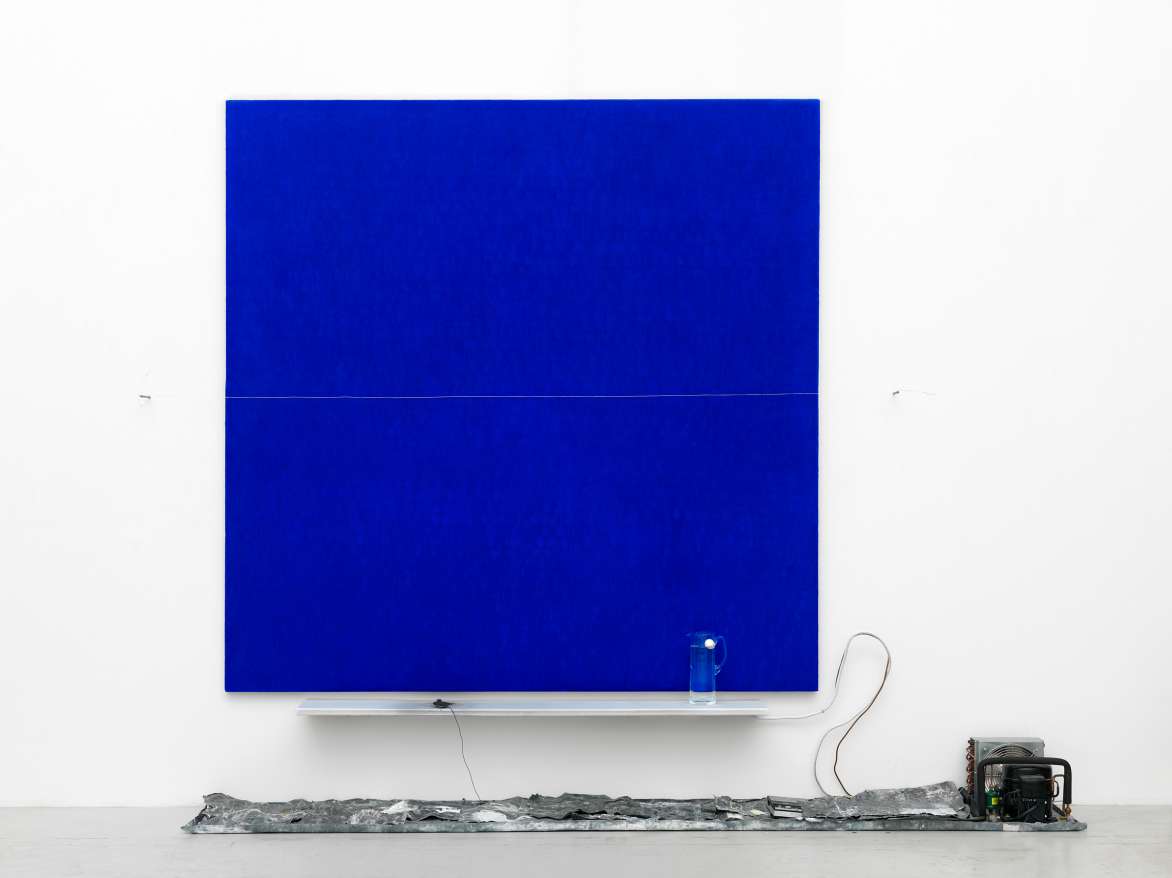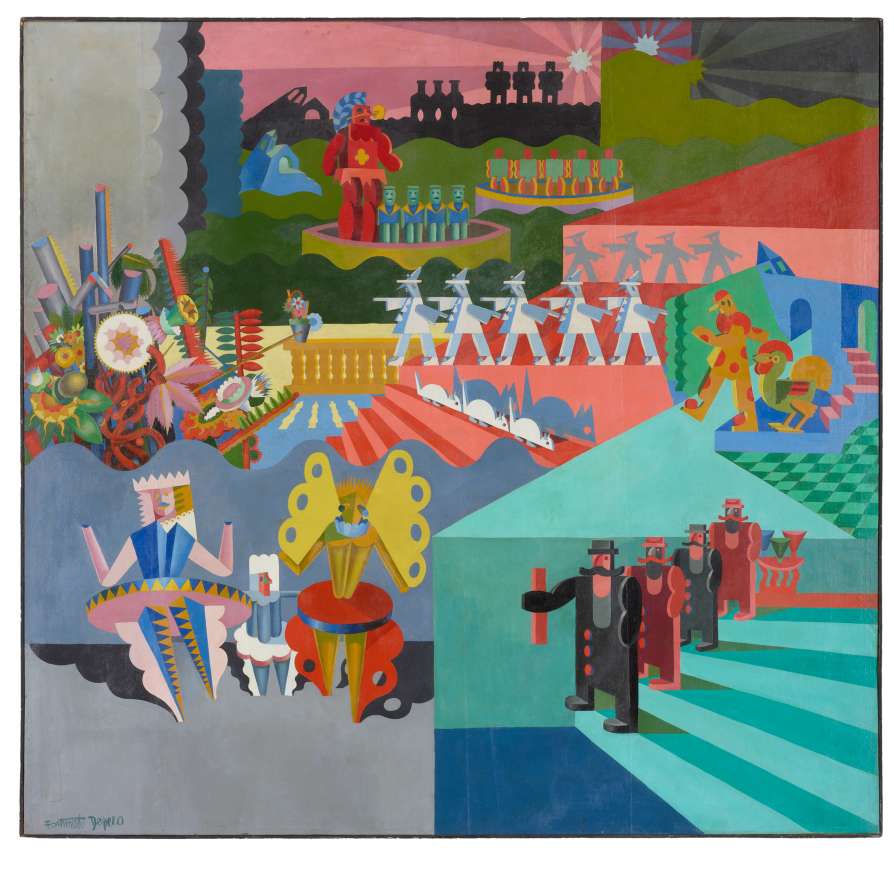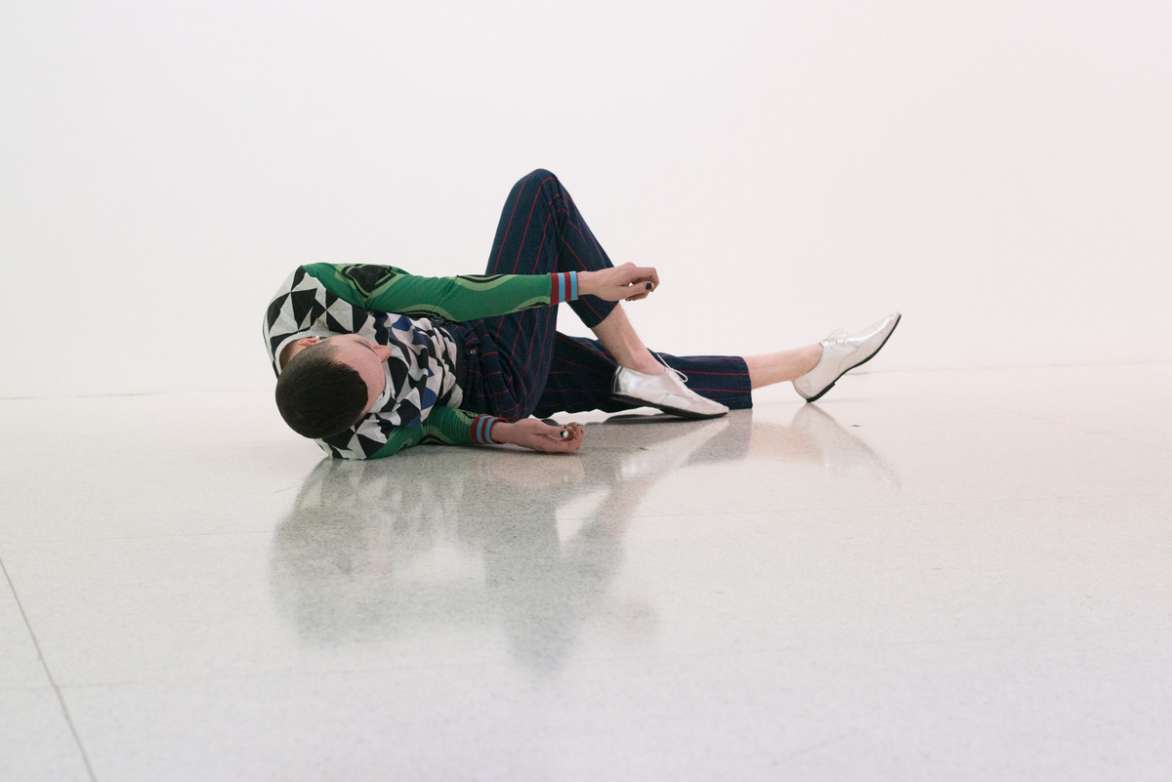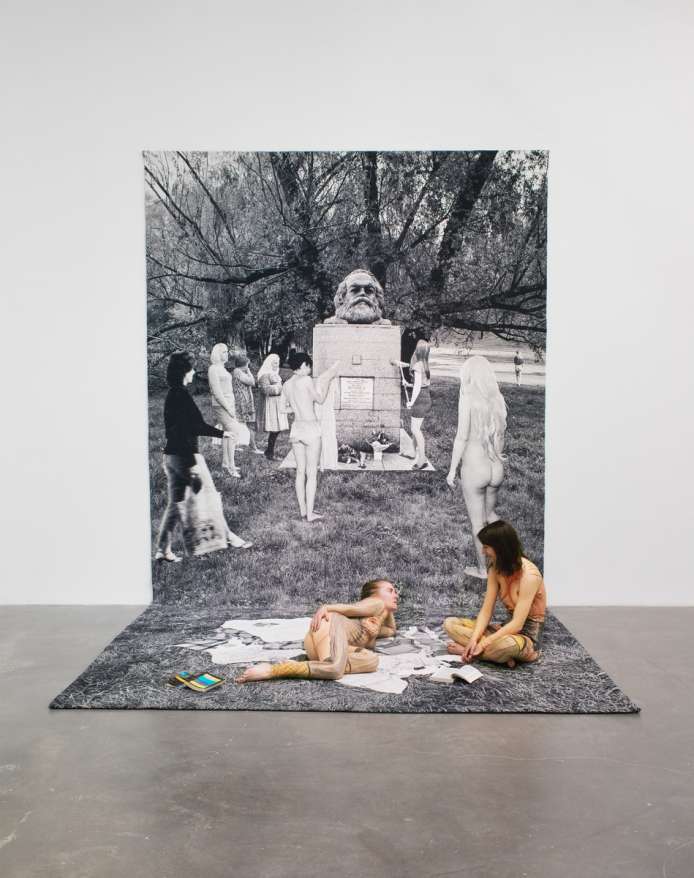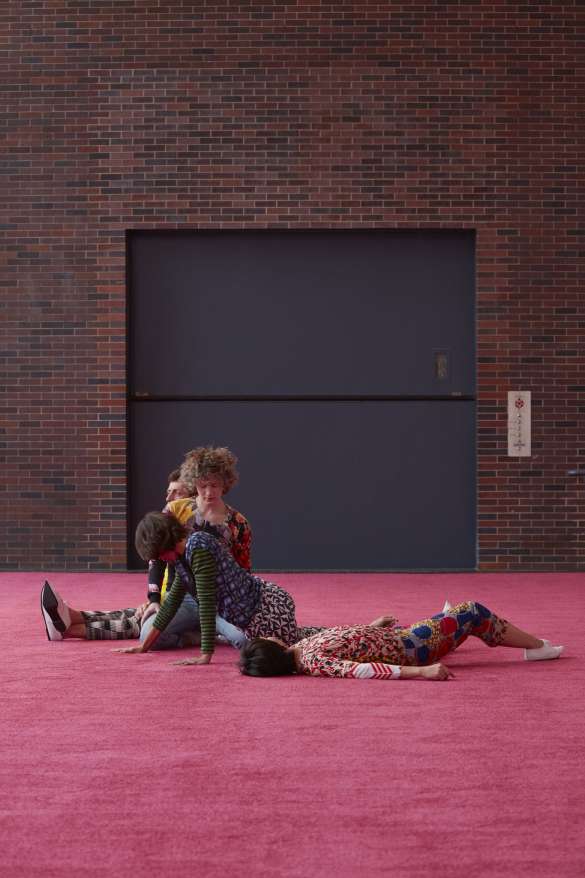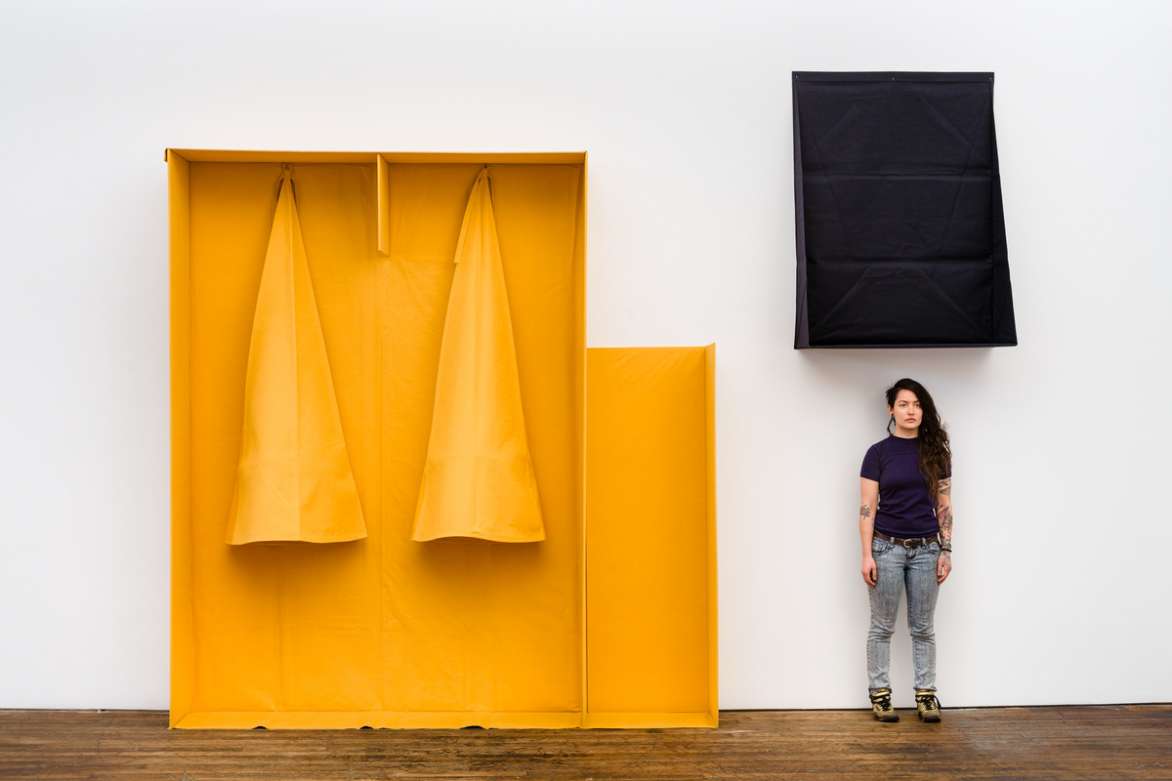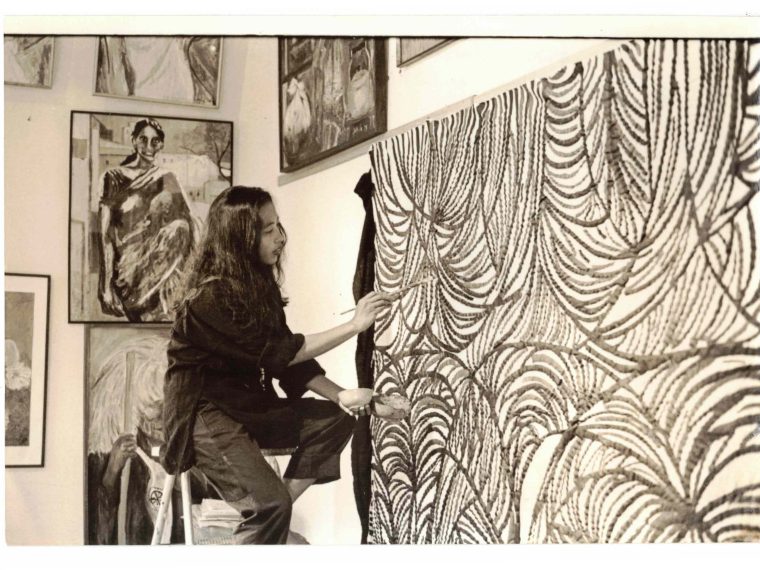
Presenting works from the early 20th century to today, The Paradox of Stillness: Art, Object, and Performanceexamines the notion of stillness as both a performative and visual gesture. This major Walker-organized exhibition features pieces by an international roster of artists testing the boundaries between stillness and motion, mortality and aliveness, the still life and the living picture. Stillness and permanence are common qualities of painting and sculpture. Consider, for example, the frozen gestures of a historical tableau, the timelessness of a still life painting, or the unyielding bronze or marble figure. Translating these traditional mediums into actions, artists use performance to investigate the interplay between the fixed image and the live body. The Paradox of Stillness showcases more than 100 works by some 65 artists, including up to 15 live performances activated in the Walker’s galleries or public spaces at intervals throughout the presentation. Works on view range from object-based art and pictures that subtly come to life or shift outside the frame to actions staged by live performers that slowly unfold or unexpectedly reappear. Across the exhibition, puppets and automatons dance through space, while burning candles and rotting fruit mark time’s passing.
